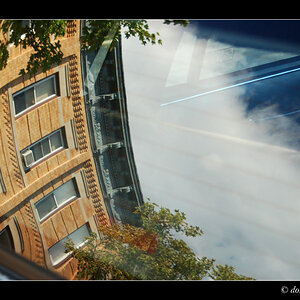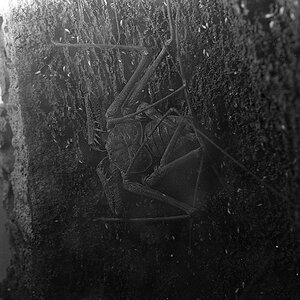den9
TPF Noob!
how come for black and white film you having to do it in complete darkness? if that just to put the film in the tank?
what exactly is going on when you are working with the red safety lights? im completely new to this and dont understand.
do you use the red lights with black and white or just color? do you need to load the film on the reel in complete darkness with color film? :meh:
what exactly is going on when you are working with the red safety lights? im completely new to this and dont understand.
do you use the red lights with black and white or just color? do you need to load the film on the reel in complete darkness with color film? :meh:


![[No title]](/data/xfmg/thumbnail/37/37632-06d8ff7f84d84f6ac01249ce8885d896.jpg?1619738156)

![[No title]](/data/xfmg/thumbnail/33/33846-dc3d508d5436a047770e1d5c2cbdd593.jpg?1619736165)

![[No title]](/data/xfmg/thumbnail/34/34077-2933006a1d00efe7d5967044e94e345e.jpg?1619736268)




![[No title]](/data/xfmg/thumbnail/33/33847-620ea3a471c8ec2ae89451f9ee9dcb84.jpg?1619736166)

